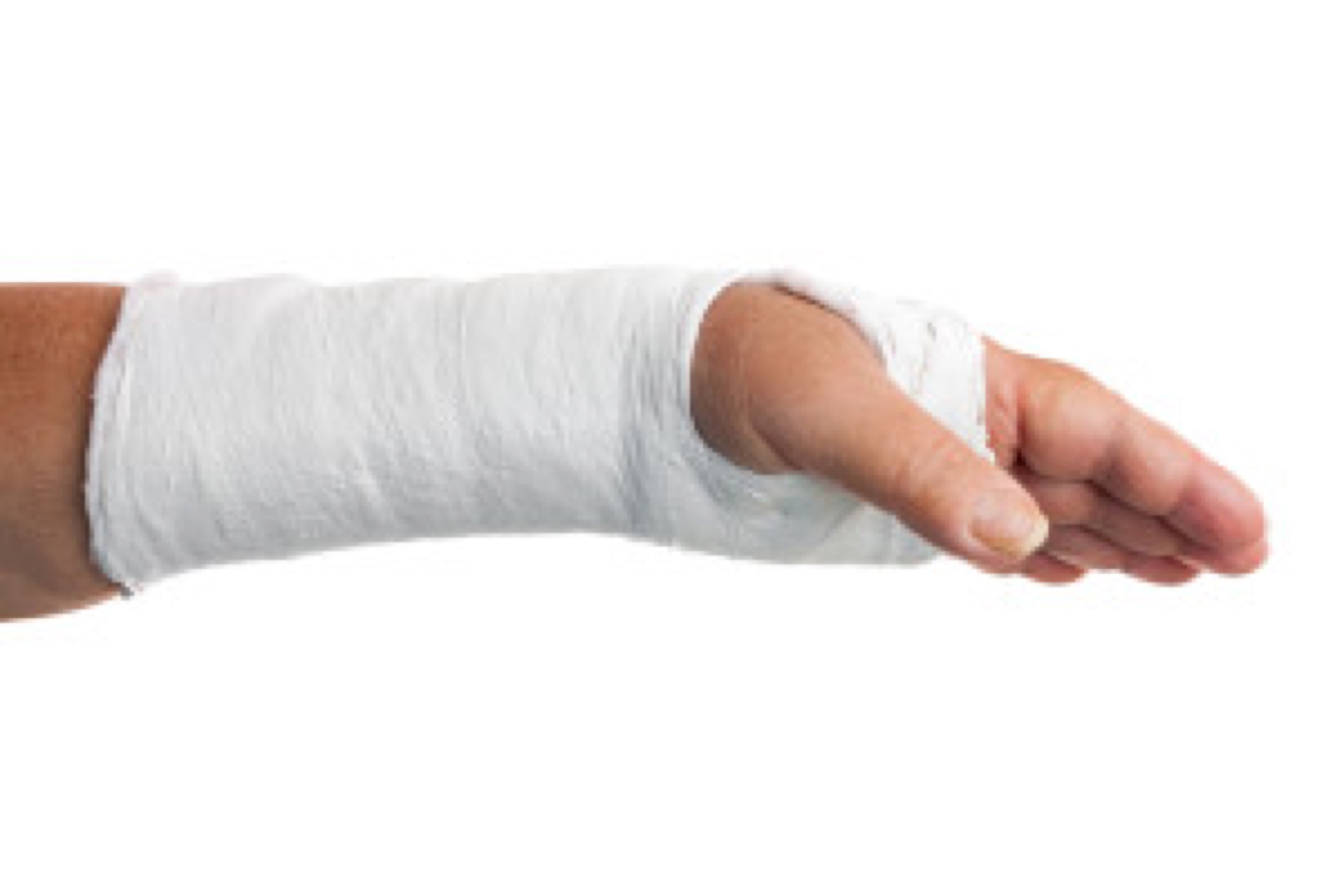How To Stop Bone Loss & Osteoporosis
Aging comes with a whole set of problems and unfortunately bone loss is one of them. But it need not be. You can prevent bone loss, stop bone loss and even reverse bone loss without resorting to toxic drugs with all their well known side effects .
Did you know that the main cause of osteoporosis is a vitamin D deficiency?
The good news is that it is easy to raise those levels of vitamin D so that you are less at risk. Even medical practitioners and mainstream media are aware that extra vitamin D should be taken for bone health.
Unfortunately, any suggested dosage is well below what is actually needed.
The very best way to improve vitamin D levels is through safe exposure of sunshine during the warmer months followed by vitamin D3 supplementation if necessary (particularly in the colder months). Expose as much skin as possible for 20 minutes or so (until the skin starts to turn slightly pink) during those two hours on either side of midday.
Occasional sunlight exposure to your face and hands is insufficient for vitamin D nutrition for most people.
To optimize your levels, you need to expose large portions of your skin to the sun, and you may need to do it for more than a few minutes. The older you are and the darker your skin, the more exposure you need.
If relying on supplementation only, most people need at least 5,000 IUs a day, and many need amounts as high as 10,000 IUs. Ideally, you should be tested for vitamin D levels and anyone testing below 70 ng/ml, will need to supplement.
Vitamin K is another important vitamin
For example, a vitamin K2, vitamin D3 and calcium combination has been found to reduce the lifetime probability of at least one bone fracture by 25%.
Even if you currently take calcium and vitamin D for your bones, it’s important that you also get plenty of vitamin K2, as these three nutrients combine for maximum effect with vitamin K2 (being fat-soluble) playing a critical role in building strong bones.
This is because its primary function is to move calcium into your teeth and bones while helping to remove calcium from those areas where it shouldn't be - such as the arteries and soft tissues While medical research is still investigating how much supplementing of vitamin K2 is ideal, the suggested dose is 180 to 200 micrograms.
There are other ways to help bone loss too
- Calcium is one of the most popular dietary supplements on the market because of excellent marketing and the wide belief that regular supplemental doses of this mineral are essential for building and maintaining healthy bones. However, it has become clear that plant based calcium from your diet is more beneficial while those calcium supplements (the previously mentioned calcium citrate as well as calcium carbonate and more) may actually increase heart attack risk, and other health problems.
- Supplementing with magnesium, zinc, green tea and curcumin are all excellent ways to improve bone mineralization too.
- At the same time avoid high protein diets. This is because proteins increase acid levels in the body causing de-mineralizing of the bones and perhaps leading to osteoporosis. While we are certainly not urging you to become a vegetarian, a much higher proportion of fresh vegetables to meat proteins is the sensible way to eat. Fresh, and preferably raw, vegetables will maximize natural minerals.
- Fermented vegetables using a special starter culture is another way to maintain healthy bones and prevent bone loss.
- Consider adding the seeds of the fennel plant for their beneficial effect on loss of bone mineral density, as well as bone mineral content.
But it is not only what you put into your body
Exercise plays a major role as well. Resistance exercises are especially important while all types of exercise help to direct calcium into the bone to strengthen them and resist osteoporosis.
To sum up...
One of the best ways to achieve healthy bones is a diet rich in fresh, raw whole foods that maximizes natural vitamins and minerals, fermented foods loaded with vitamin K2, along with healthy sun exposure and regular, weight-bearing exercise.
Sources
Calcitonin-salmon (Fortical and Miacalcin). (n.d.).
nof.org/patients/treatment/medicationadherence/calcitonin-salmon-fortical-and-miacalcin/. (Accessed, 20 May 2021).
Exercise for your bone health. (2018).
bones.nih.gov/health-info/bone/bone-health/exercise/exercise-your-bone-health
Facts and statistics. (n.d.).
iofbonehealth.org/facts-statistics. (Accessed, 20 May 2021).
How does physical activity help build healthy bones? (2016).
nichd.nih.gov/health/topics/bonehealth/conditioninfo/Pages/activity.aspx. (Accessed, 20 May 2021).




